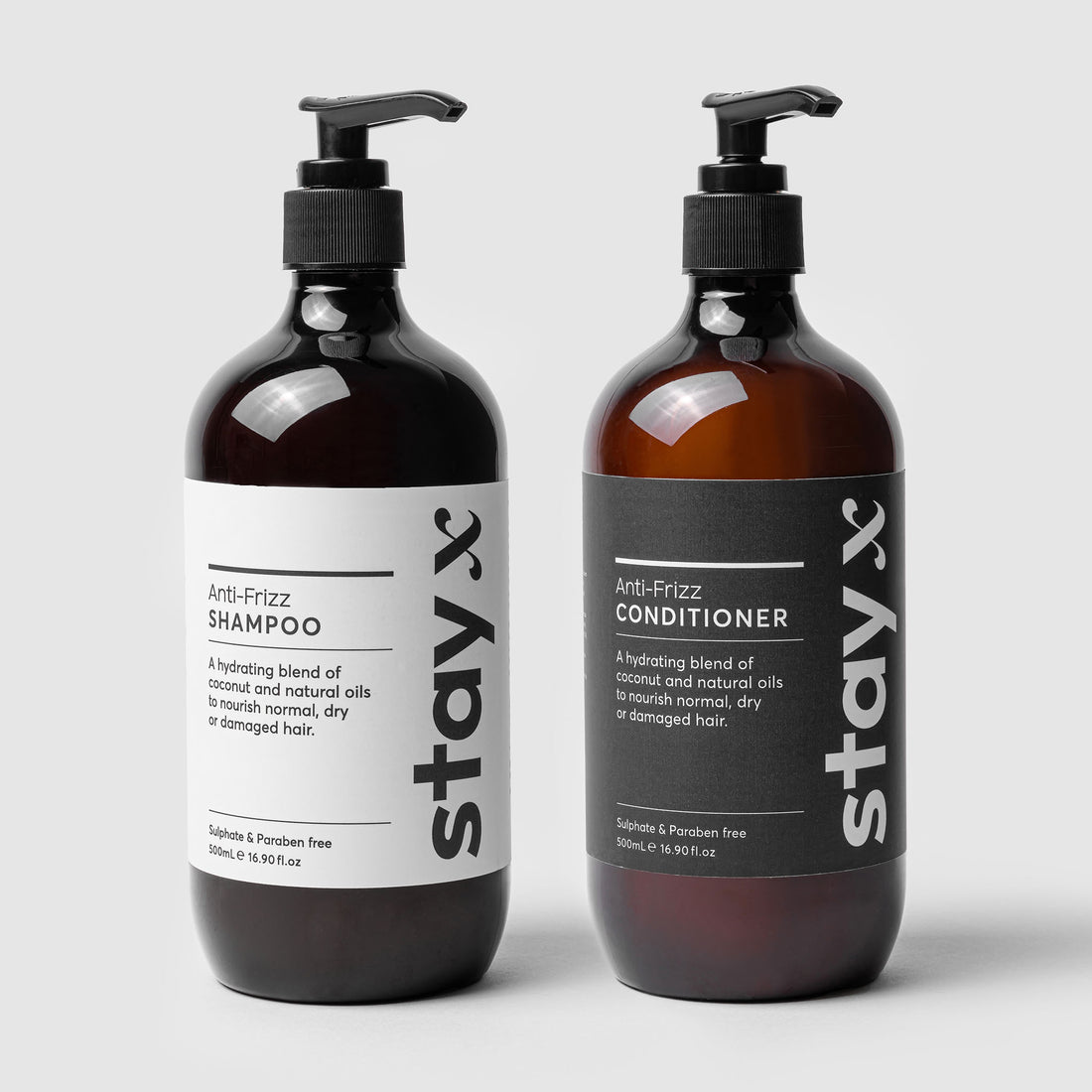They’re called baby hairs for a reason. Fragile and tiny, these wee little strands are basically juvenile versions of our fully-grown hair. Except, unlike the name implies, these hairs aren’t always cute! To get your styling situation under control, let’s learn about why you have wispy baby hairs.
Blame your hormones
Your hair growth cycles ride the waves of your changing hormones. While estrogen keeps hairs in the growing (anagen) phase, your stress hormones (like cortisol) will start the shedding (exogen) phase, which makes room for baby hairs.
But if your stress levels remain high for an extended period, your new sproutlings will stay miniature-sized! The reason has to do with human evolution. Since our hair growth isn’t essential for survival, our immune system will de-prioritise our follicles, saving its energy to support our vital organs instead (...hmm priorities!).
To prevent wispy baby hairs, support your mental health through relaxing activities like pilates, outdoor walks and positive thinking.
Your diet needs a boost
There’s a widely-accepted myth that biotin improves hair growth. Just one problem: For biotin supplements to work, your body needs to be low in this nutrient.
To explore the matter further, a recent study by a team of dermatologists confirms, “Despite its popularity in the media and amongst consumers, biotin has no proven efficacy in hair and nail growth of healthy individuals.” So instead of focusing on biotin, you should build a hair-friendly diet that includes a wide range of vitamins and minerals.
By consuming plenty of antioxidants from fresh greens and berries, you’re supporting healthy and strong hair follicles. And here’s another tip: eat protein! Afterall, what’s the main ingredient in hair? Protein, or rather keratin, to be precise.
You're recovering from postpartum hair loss
After giving birth, your shifting hormones can bring a whole new set of mummy woes: postpartum hair loss. Throughout this transitional period, many women experience their hair start to shed and even fall out in clumps!
Wispy baby hairs will then appear during the re-growth phase, usually within the first year after giving birth. Eventually, these mini hairs should return to their adult size. As long as you manage your stress levels, eat well and exercise (easy peasy for new mums, hey?!), your locks should return to their former glory.
Your hair follicles are shrinking
If your follicles downsize, it’s because your immune system is slowing down. There are tons of reasons that can cause this change: stress, smoking, aging, hormones, etc.
The problem is that smaller follicles produce smaller hairs. Fortunately, you can help them “loosen up” with a scalp massage. This action stimulates the blood vessels, which supercharges the circulation around your hair follicles. How? Imagine this: Your scalp has thousands of micro vessels, which are like highways that carry nutrient care packages to various checkpoints. These deliveries feed your hair follicles, helping them grow wider and stronger. The healthier your hair follicles, the better your hair will sprout.
You play rough with your roots
You can’t go wrong with a classic ponytail... or can you? Jenna Spino, a stylist at Maxine Salon in Chicago, reveals that if you pull the hairline too tightly, it can result in breakage, which can resemble baby hairs.
As your hairline is the weakest part of the scalp, “there tends to be more wear and tear," explains Jenna. So, to minimise the stress on your roots, opt for a fabric scrunchie over an elastic band. It also helps if you occasionally wear a looser pony, or let your hair out, rather than always going for the super-tight version.
Wispy baby hairs are a nuisance but they are totally manageable. For inspo, check out Zoe George from thesubtlemummy.com and her daughter, Ambrosia who rely on the Stay X Hair Perfecting Wand to keep their ponies tamed!









